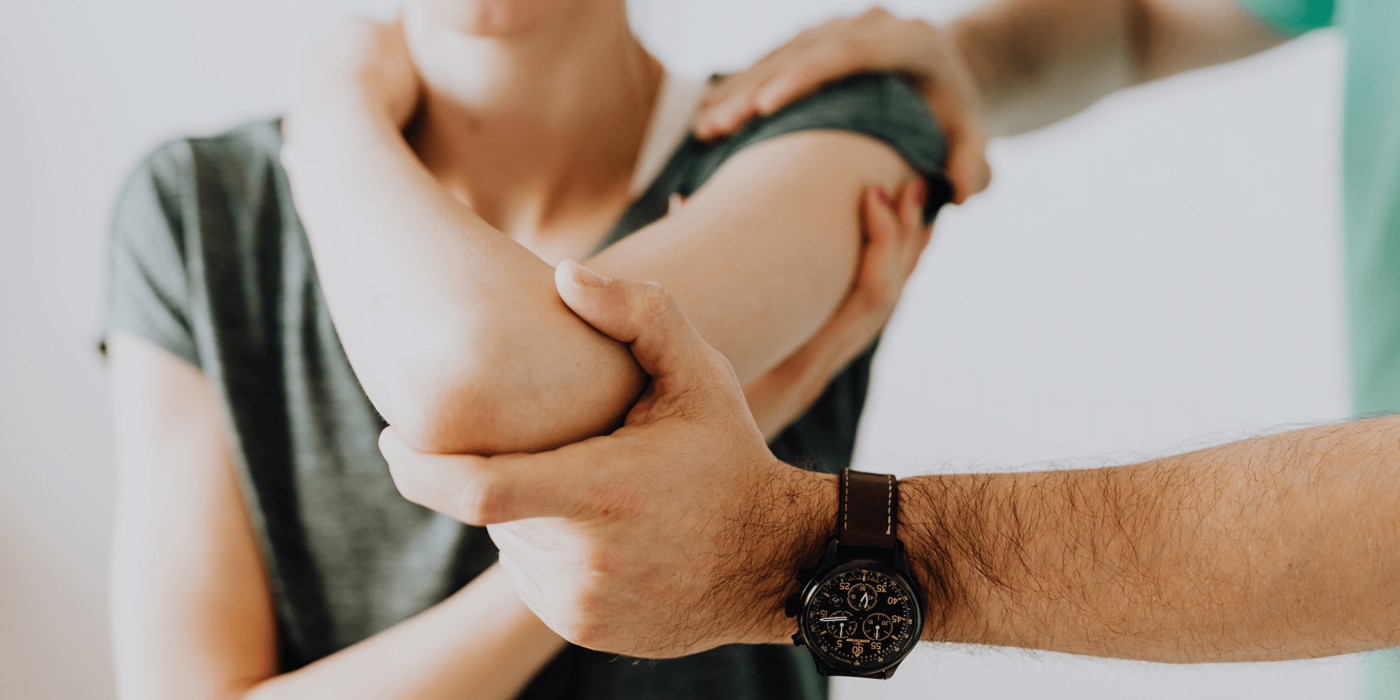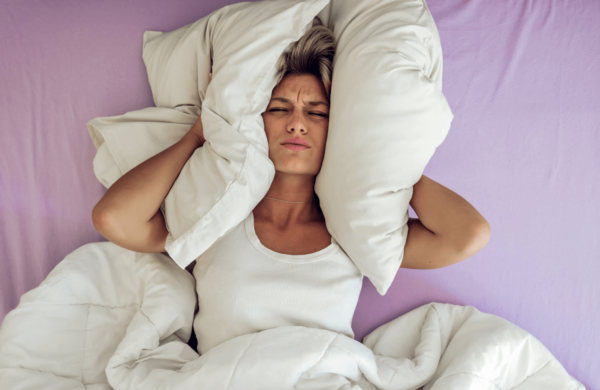How to Sleep with Tennis Elbow: Tips & Tricks
Tennis elbow, or lateral epicondylitis, is a common condition that occurs due to repetitive strain or injury to the tendons and muscles around the elbow.
It often affects people who engage in activities that involve repetitive motion of the forearm, such as tennis, golf, or even everyday tasks like typing or lifting objects.
In this blog post, we will explore the reasons behind the increased pain at night, the best sleeping positions for tennis elbow, and the most effective supplements to help alleviate pain and promote better sleep.
What we will discuss:
- Why does tennis elbow hurt?
- What is the best sleeping position for tennis elbow?
- Is it better to keep your arm straight or bent?
- Supplements for tennis elbow
We will also discuss long-term solutions for eliminating tennis elbow completely.

Why Does Tennis Elbow Hurt Worse at Night?
Tennis elbow pain tends to worsen at night for a few reasons. First, when we lie down to rest, our body is in a more static position, which can lead to stiffness and discomfort in the affected arm.
Additionally, the lack of movement and the force of gravity when lying down can cause blood to pool in the inflamed area, exacerbating pain and discomfort.
Finally, during the day, our minds are often occupied with various activities, which can distract us from the pain.
At night, however, when our focus shifts to rest and relaxation, we may become more aware of the discomfort caused by tennis elbow.
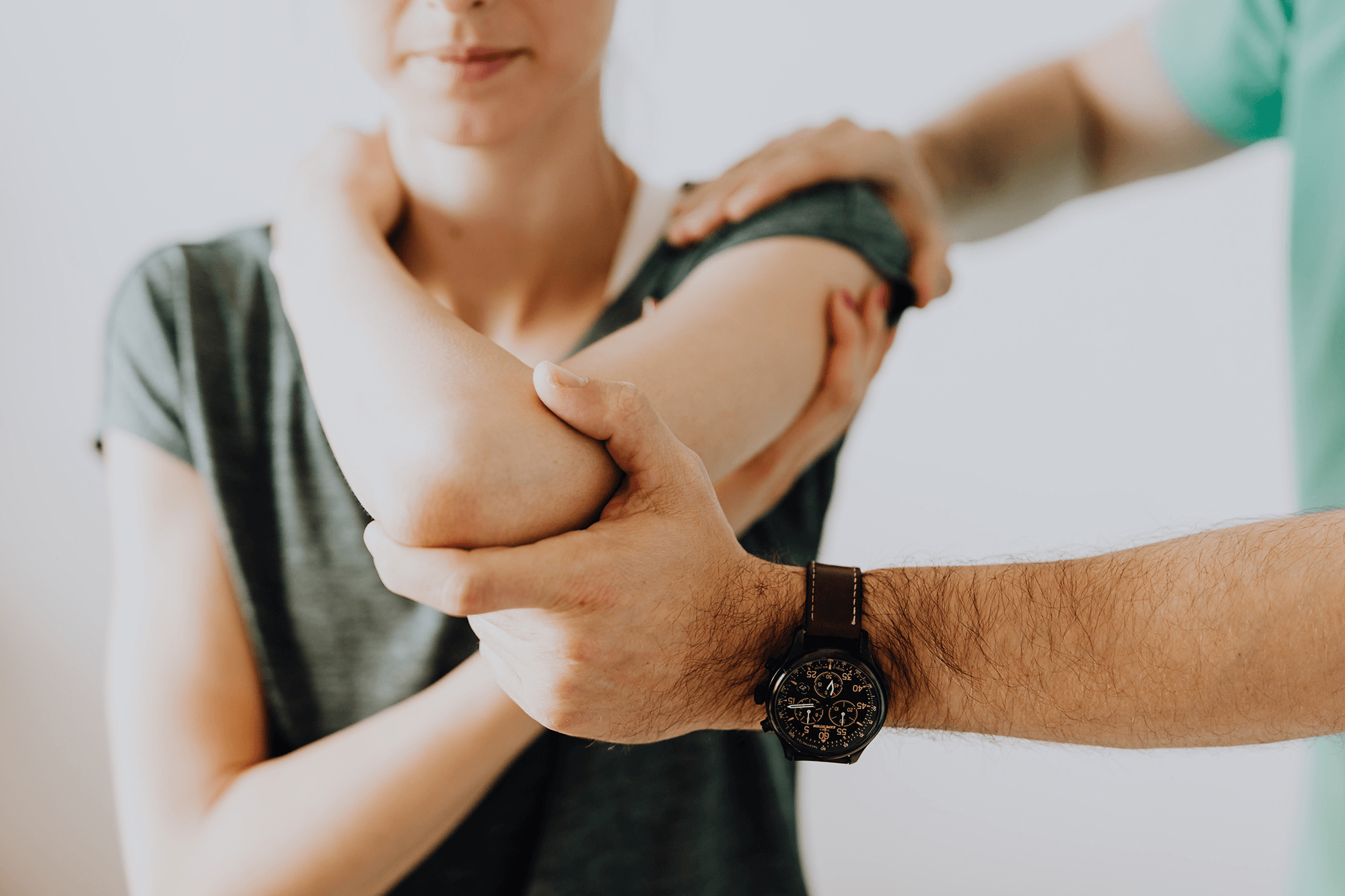
What Sleeping Position is Best for Tennis Elbow?
The ideal sleeping position for tennis elbow is one that allows for minimal pressure and strain on the affected arm.
Typically, this means sleeping on your back or on the opposite side of the injured arm.
When sleeping on your back, use a pillow to support and elevate the affected arm, reducing strain on the elbow joint.
If you prefer sleeping on your side, choose the uninjured side, and use a pillow between your arms to prevent the affected arm from being compressed or twisted.
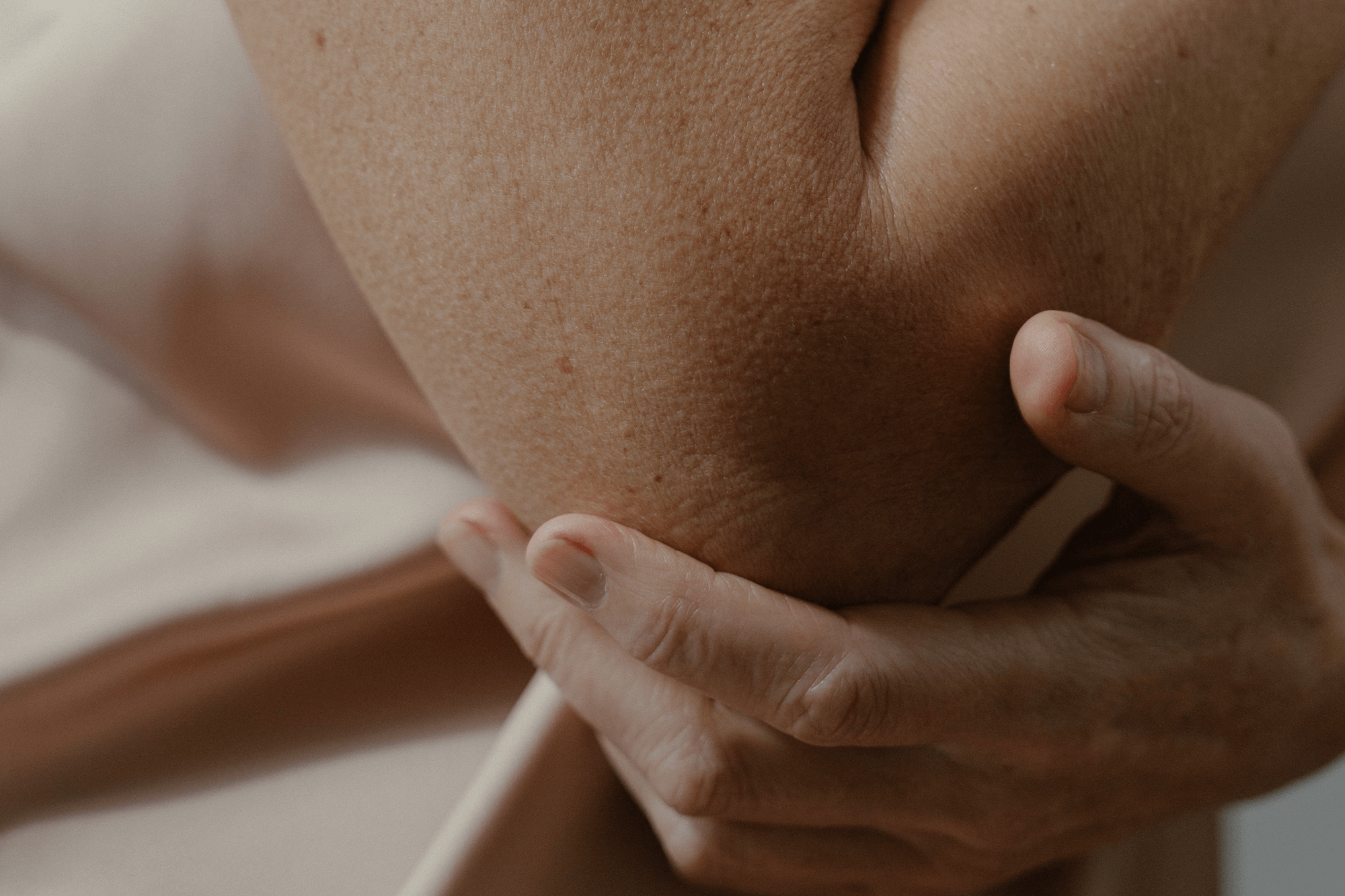
Is it Better to Keep Tennis Elbow Straight or Bent?
It’s best to keep your arm in a neutral position.
When sleeping with tennis elbow, it’s generally better to keep the affected arm in a neutral position, meaning neither fully straight nor completely bent.
This helps to minimise stress on the tendons and muscles around the elbow joint. Using a pillow to support the arm can help maintain this neutral position throughout the night.
Realistically, as obvious as it sounds, it is best to keep your arm in the position that feels the most comfortable.
Pain = strain, so the least amount of pain that your arm is in is most likely the safest position.
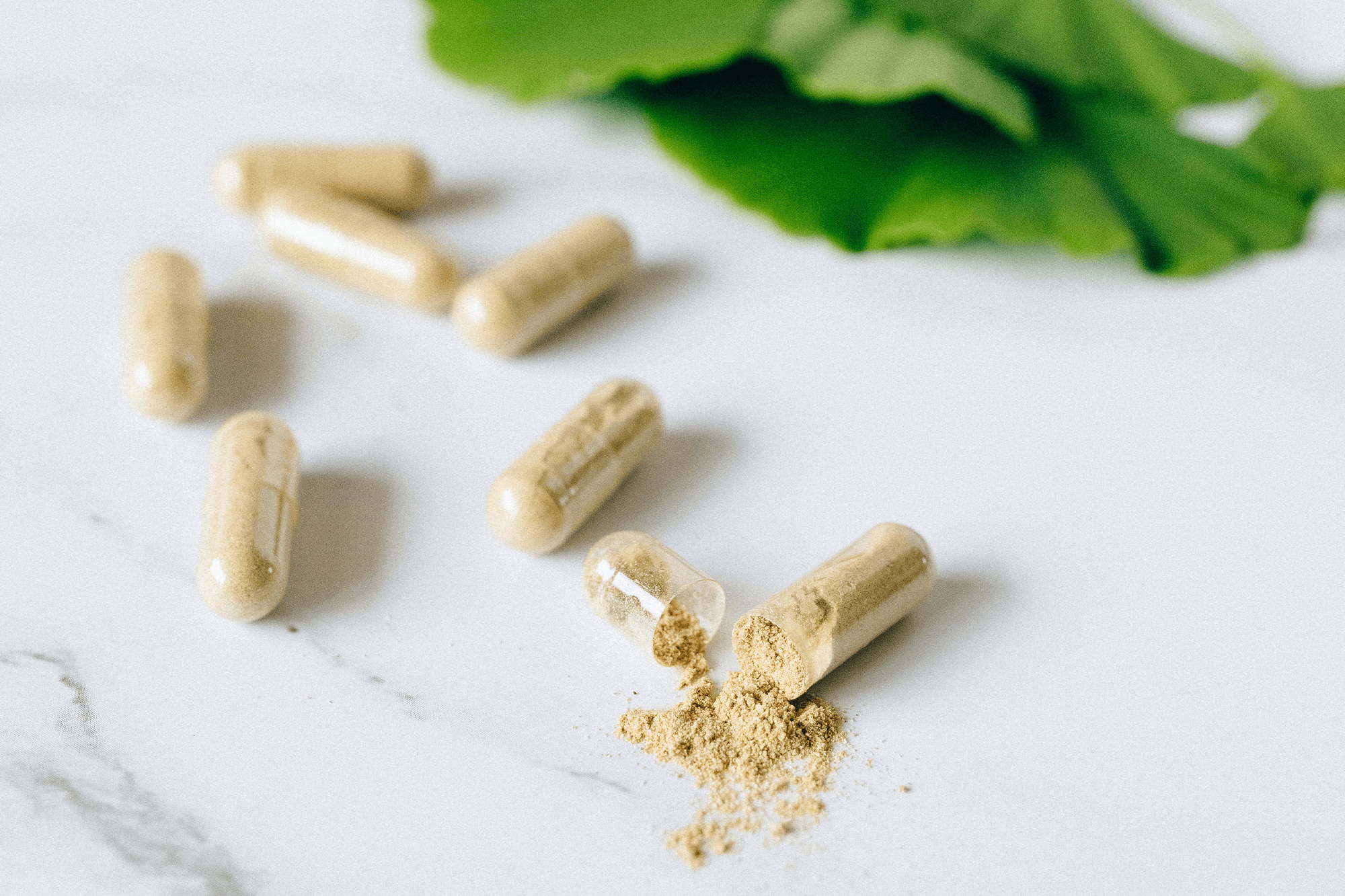
Supplements to Help with Tennis Elbow for Sleep
1. Magnesium oil spray and magnesium glycinate: Magnesium is essential for muscle relaxation and reducing inflammation.
Using a magnesium spray directly on the affected area or taking magnesium glycinate supplements can help alleviate pain and promote better sleep.
2. Sleep patches: Sleep patches contain natural ingredients that reduce inflammation and promote relaxation, making it easier to sleep with tennis elbow while promoting deeper sleep.
3. Hemp patches: Hemp patches are known for their anti-inflammatory properties, which can help reduce pain and discomfort associated with tennis elbow.
4. Turmeric: Turmeric is a powerful anti-inflammatory herb that can help reduce swelling and pain in the affected joint.
5. Fish oils: Rich in omega-3 fatty acids, fish oils can help improve joint health and reduce inflammation.
6. Glucosamine and collagen: These supplements support joint health and may aid in the healing process of the tendons and muscles affected by tennis elbow.
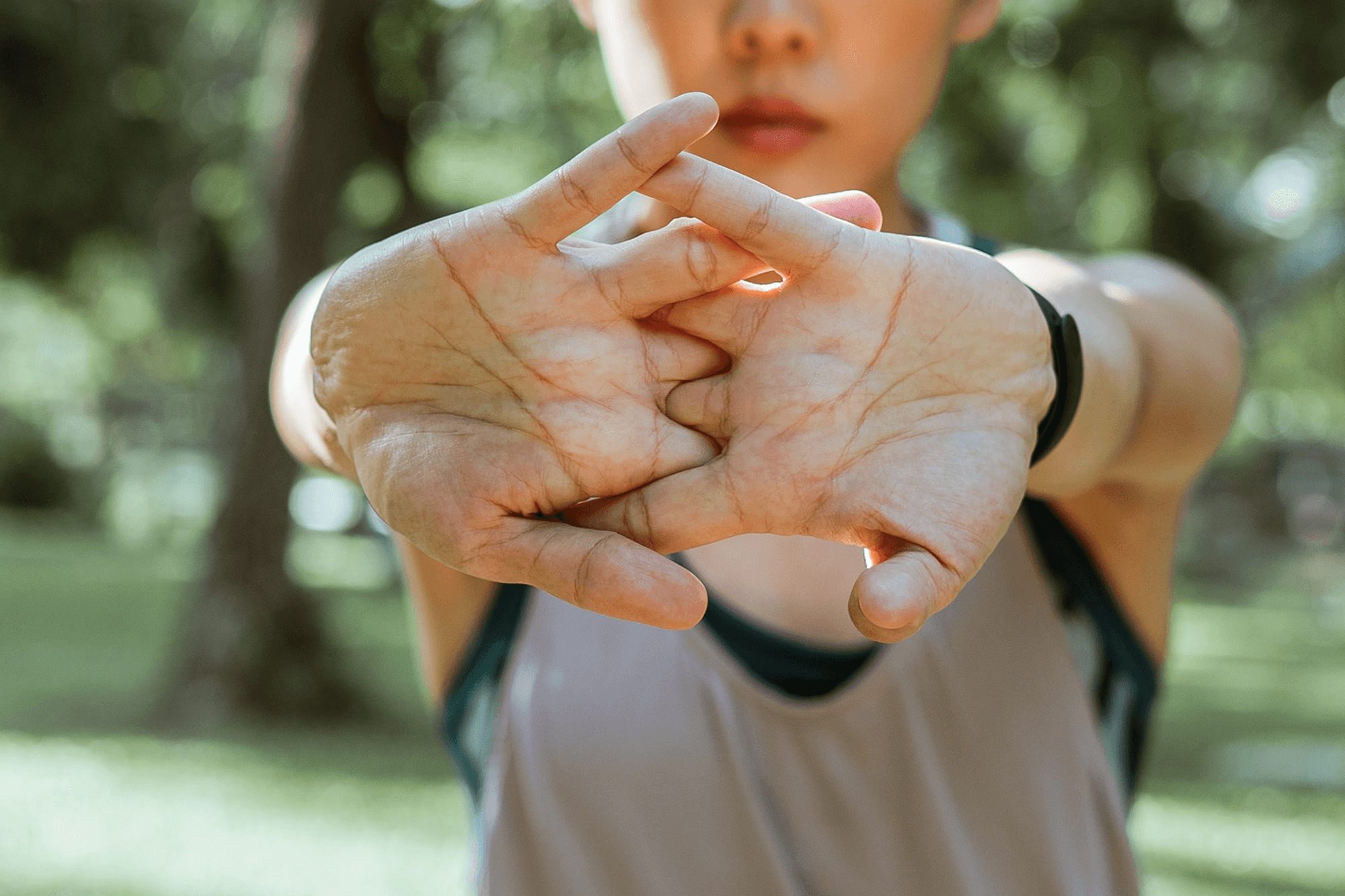
How to Get Rid of Tennis Elbow Completely
The most effective way to eliminate tennis elbow is through a combination of time, physiotherapy, and a healthy diet.
Physiotherapy, including stretching and strengthening exercises, can help improve flexibility and muscle strength around the affected elbow.
A balanced diet, rich in anti-inflammatory foods and nutrients, can support the body’s natural healing process.
We advise that you speak to a healthcare professional, more specifically someone like a physiotherapist that deals with these injuries weekly.
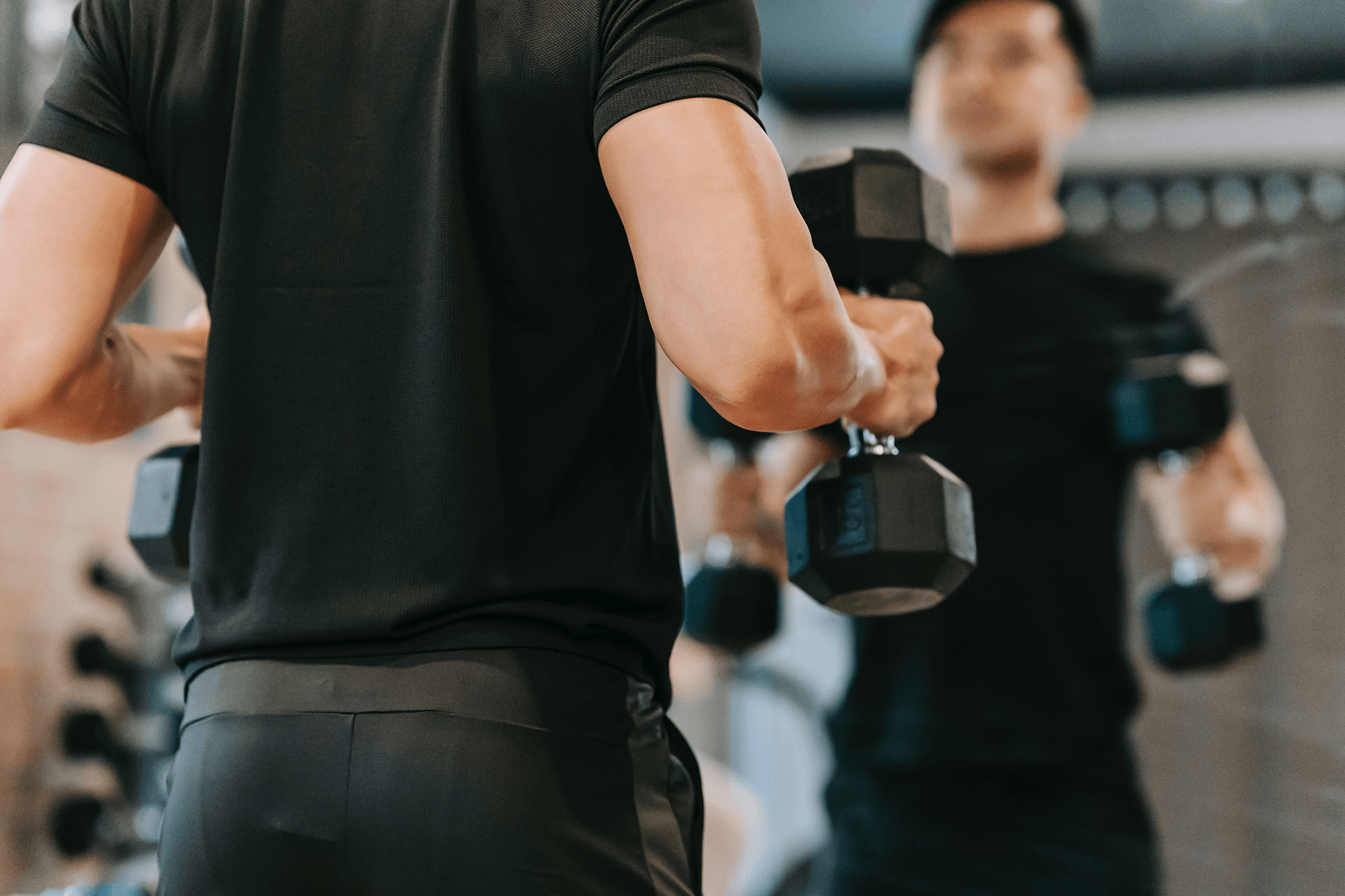
But here are some steps that some have been found to help get rid of tennis elbow:
Rest and avoid aggravating activities: Refrain from activities that caused your tennis elbow or exacerbate the pain. This means taking a break from specific sports, exercises, or daily tasks that put strain on the affected elbow.
Pay attention to even the smallest movements, such as opening a jar or steering a car, that might cause discomfort.
Implement rehabilitation exercises: Tendons require tension and motion to heal, so incorporate exercises that specifically target and strengthen the forearm extensor muscles and associated tendons. Here are some effective exercises:
a. Negative reverse wrist curls: This exercise promotes tendon healing through eccentric movements that create microtears, which trigger the healing process. Start with a light weight, such as 0.5-2kg, and gradually increase the weight as your muscles adapt.
b. Zottman curls: This exercise helps reset bone positions and alleviates pain. Start with a light weight and gradually increase it, ensuring that you don’t experience pain during the exercise.
You can find information for both these exercises on YouTube.
Stretch wrists, fingers, and arms: Regular stretching can help loosen the surrounding structures and alleviate pain. Follow a comprehensive stretching routine to maintain flexibility and prevent further injury.
There are many YouTube videos around hand & finger stretches to help you understand the best method to use.
Cross-friction massage: This massage technique helps alleviate pain in a different way than strengthening exercises. If the massage is painful, wait until the injury has healed further before attempting it.
Roll over a hard ball: Use a hard ball, like a cricket ball to release knots in smaller areas, such as the shoulders, triceps, and forearms.
This can help release tension in surrounding tissues, which in turn can alleviate tennis elbow pain.
It can help break up the tissue which can have longer term pain relieving affects, which is exactly what you need. You need to stay disciplined, as this isn’t an overnight remedy.
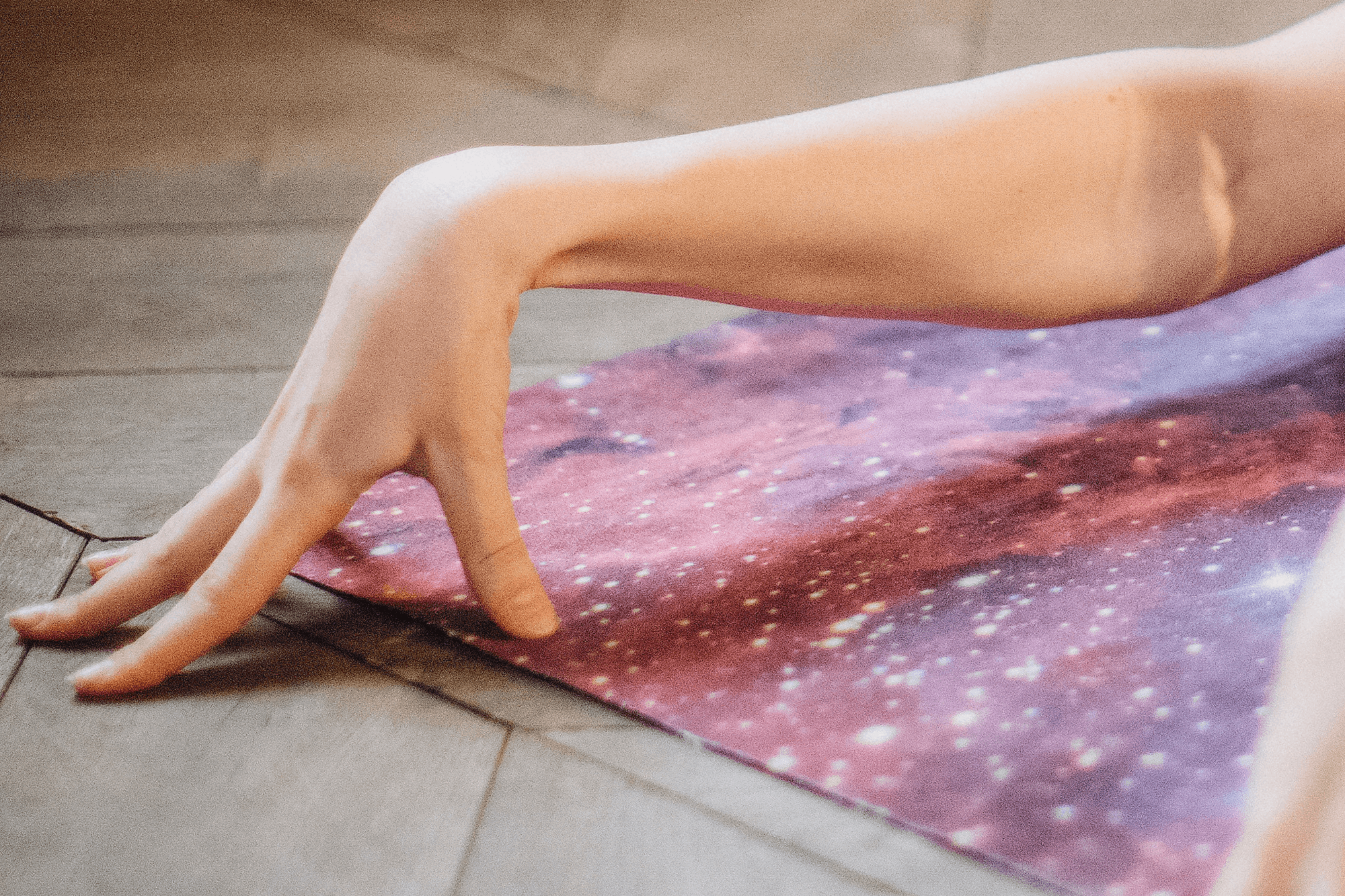
Summary
While time and physiotherapy are essential for ultimately healing tennis elbow, finding ways to reduce pain and improve sleep quality is crucial during the recovery process.
By adjusting your sleeping position, using supportive pillows, and incorporating supplements, such as magnesium, turmeric, and fish oils, you can help alleviate inflammation and promote restful sleep.
Additionally, focusing on rehabilitation exercises and making adjustments to your daily activities can aid in a faster recovery. Remember, taking care of your body and prioritising sleep are key components to overcoming tennis elbow and regaining your overall well-being.

